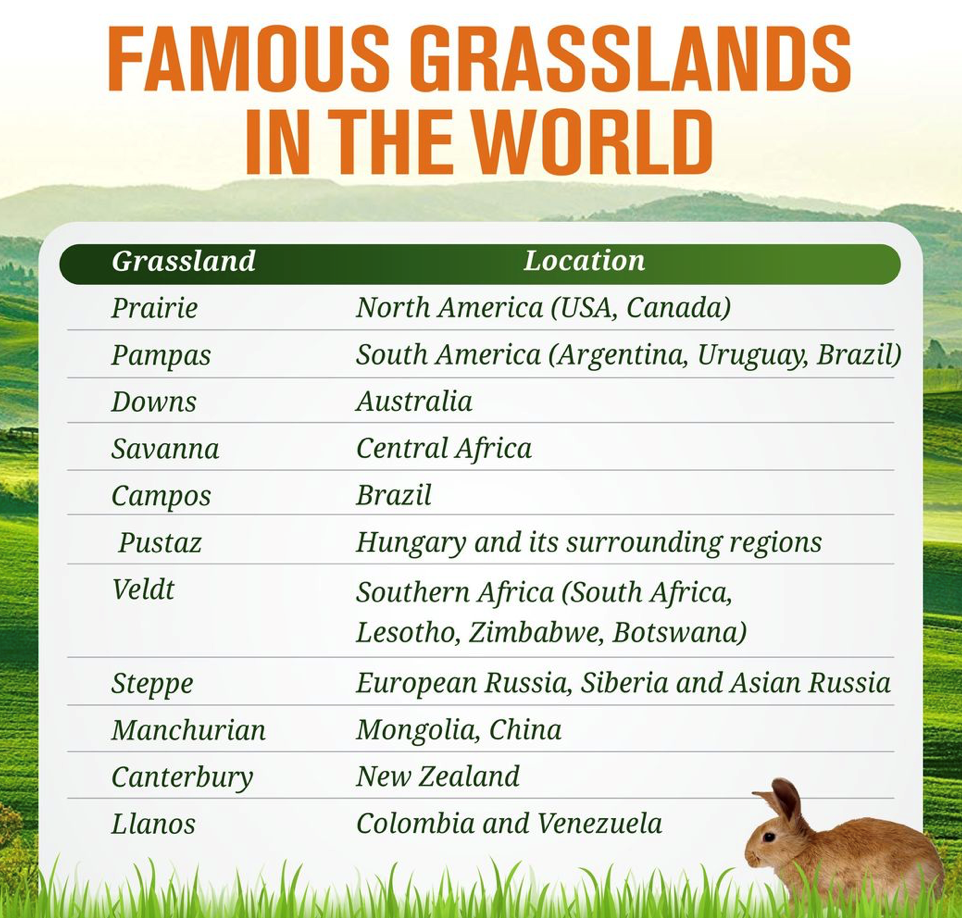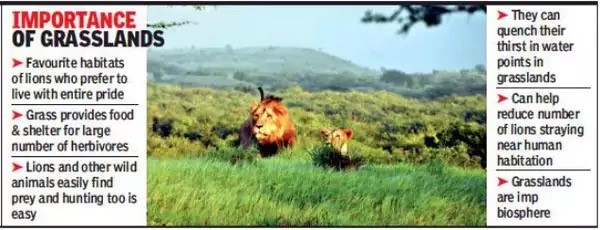7667766266
enquiry@shankarias.in
A study in ‘Global Change Biology’ found that increased tree cover in savannahs and grasslands has led to a more than 20% decline in native grassland bird populations, particularly in the African Savannah.


Open ecosystems are characterised by a grassy understory and a scattering of native tree species. They are generally maintained by certain natural and human activities like grazing and fire, which are called disturbance regimes because they work in tandem to limit the growth of tree species.